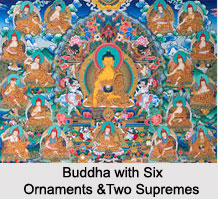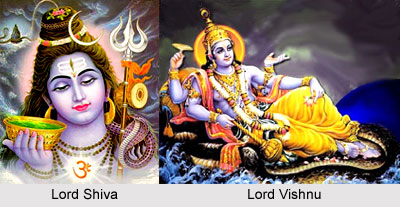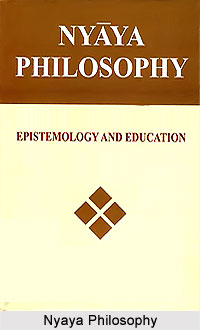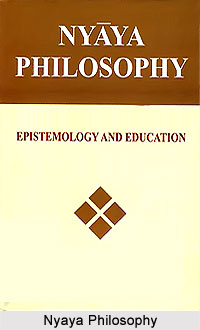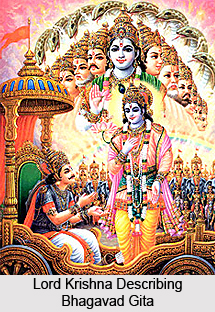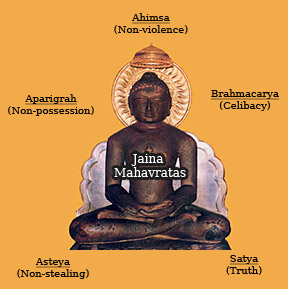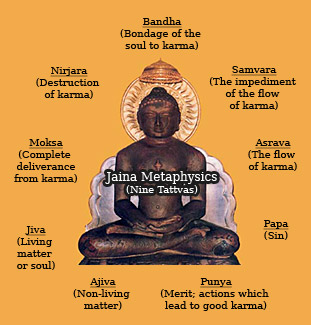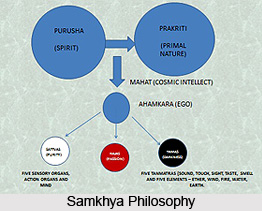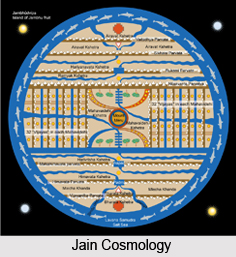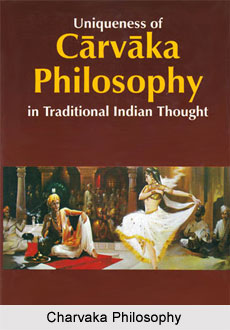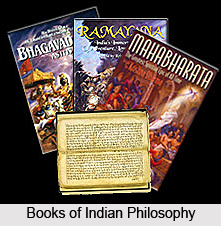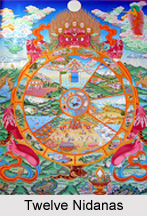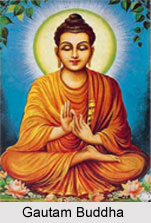 In the sramanic (a wandering monk in specific ascetic traditions of ancient India) traditions of ancient India (most remarkably those of Mahavira and Gautama Buddha), arhat (Sanskrit) or arahant (Pali) signified a spiritual practitioner who had "laid down the burden" (according to the phrase from tripitaka)-and realised the goal of nirvana, the termination of the spiritual life (brahmacarya). Such a person, having distanced all causes for future becoming, is not reborn after biological death into any samsaric sphere.
In the sramanic (a wandering monk in specific ascetic traditions of ancient India) traditions of ancient India (most remarkably those of Mahavira and Gautama Buddha), arhat (Sanskrit) or arahant (Pali) signified a spiritual practitioner who had "laid down the burden" (according to the phrase from tripitaka)-and realised the goal of nirvana, the termination of the spiritual life (brahmacarya). Such a person, having distanced all causes for future becoming, is not reborn after biological death into any samsaric sphere.
The word "arahan" literally means "worthy one" (a substitute folk chronicle is "foe-destroyer" or "vanquisher of enemies") and represents the highest level of noble person-ariya-puggala-distinguished by the Buddha as recorded in the Pali Canon. The word was used (as it is today in the liturgy of Theravada Buddhism) as an epithet of the Buddha himself, as well as of his enlightened disciples. The most extensively recited liturgical reference is perhaps the homage: Namo Tassa Bhagavato, Arahato, Samma-sammbuddhassa.-Homage to him, the Blessed One, the Worthy One, the perfectly enlightened Buddha.
Arhats in Theravada Buddhism
In Theravada Buddhism, the Buddha himself is first named as an arhat, as were his enlightened followers, as he is free from all corruptions, is without avarice, hatred and illusion, is free of ignorance and hankering, possessing no `assets` that will lead to a future birth, knowing and perceiving the real here and now. This virtue shows unstained sinlessness, true worth, and the attainment of the end, nirvana.
In the Pali canon, Venerable Ananda states that he has known monastics to attain nirvana in one of four ways:
1. one develops insight heralded by serenity (Pali: samatha-pubbangamam vipassanam);
2. one develops serenity heralded by insight (vipassan?-pubbangamam samatham);
3. one develops serenity and insight in a step-by-step mode (samatha-vipassanam yuganaddham);
4. one`s mind becomes captured by excitation about the dhamma and, as a result, develops serenity and abandons the shackles (dhamma-uddhacca-viggahitam m?nasam hoti).
In Theravada, although the Arhats have achieved the same goals identical to Buddha. There are some differences among Arhats owing to the means of their practice.
Arhats in Mahayana Buddhism
Mahayana Buddhists perceive the Buddha himself as the ideal towards which one should aspire in one`s spiritual ambitions. Thus the arhat as the enlightened disciple of the Buddha is not looked upon the goal as much as is the bodhisattva. Bodhisattva carries a different meaning in Mahayana Buddhism compared to Theravada Buddhism. In the Pali scriptures, the Tathagata (Gautama Buddha himself) when relating his own experiences of self-development uses a stock phrase "when I was an unenlightened bodhisattva". Bodhisattva thus here implies the absence of enlightenment (Bodhi) of a person working towards that goal. In Mahayana Buddhism, on the other hand a bodhisattva is someone who tries to put the welfare of others before their own, giving up their own enlightenment until all beings are saved. Such a person is said to have achieved a proto-enlightenment called bodhicitta.



